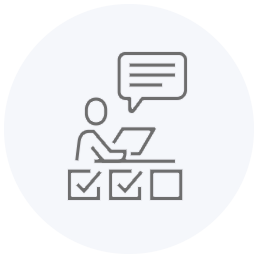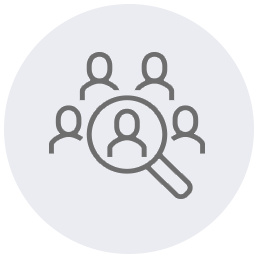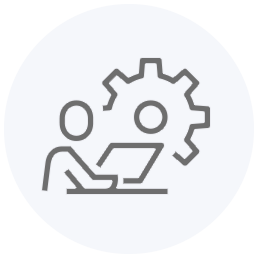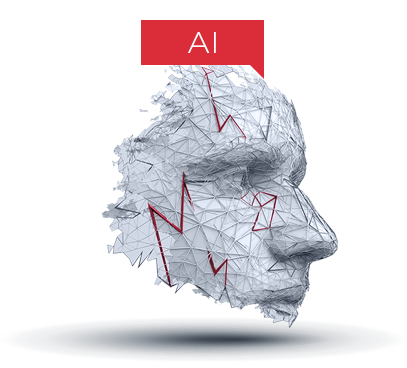Marketing monitoring is the art of planning, collecting, organizing, identifying, visualizing and optimizing and utilizing data. All seven steps are needed. Seems a lot? Yeah, but it is worth it. So our clients say!


We can pinpoint the best-performing platforms and see the changes in real time. This raises optimising a campaign to a whole new level.

With Marketing Monitoring, we can finally leave behind the guesswork when it comes to marketing. We can also see the plans and results side by side, which saves us a huge amount of time. Marketing Monitoring was a good choice, it was worth every penny.

This system will help us to cope with the changes in the industry much better. We are looking forward to expand it to the region.


STEP 2 – COLLECTING

STEP 3 – ORGANIZING

STEP 4 – IDENTIFYING

STEP 5 – VISUALIZING

STEP 6 – OPTIMIZING

STEP 7 – UTILIZING

+1 – OUR RULES
We are proud of the results our clients have achieved with our help. We want them to succeed further without any fear that they might limit themselves with the choice of IT systems, or they tread on non-GDPR-compliant ground. So we have a few basic rules for ourselves:
- We don’t force any software on you. We try to work with the tools you already have in place, be they Microsoft, Adobe, SalesForce or any other solution. Yes, we are Microsoft Gold partners, and if you don’t have system in place for data handling then we can implement a solution to you, but these are carefully selected based on your actual needs, not on our affiliate partnerships.
- We are no Facebook or Cambridge Analytica in terms of data privacy. We work exclusively with legitimate, legally approved data with the proper security in place. We also have an ISO 27001 certificate (secure data handling) to ensure proper data handling while we work with your data.
- We don’t leave you alone in the dark. We want you to grow and succeed with the solutions we created together. Should you need any help to move further, we are here for you (or in your office, teaching your people to do it by themselves).
LOOKING AHEAD TO THE FUTURE
Our systems are equipped with consistent data structures and output points, and are therefore ready for the next steps. If you would like to connect artificial intelligence to your spending monitoring.

Some of our favourite solutions to work with

Microsoft Azure cloud data processing and storage

PowerBI data visualization

DOMO data visualization

Dynamics CRM

Datorama by SalesForce

Python based software

SALESmanago marketing automatization

Microsoft Machine Learning Services

SQL

Microsoft Flow automation

Your current software here



